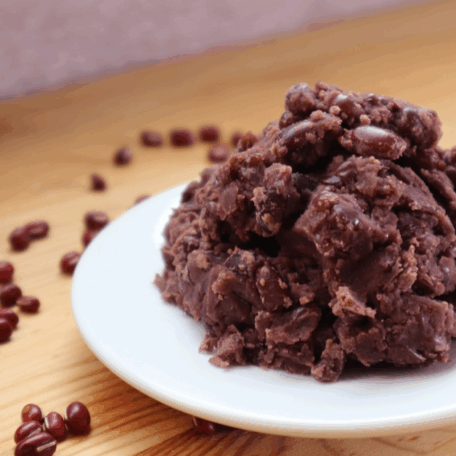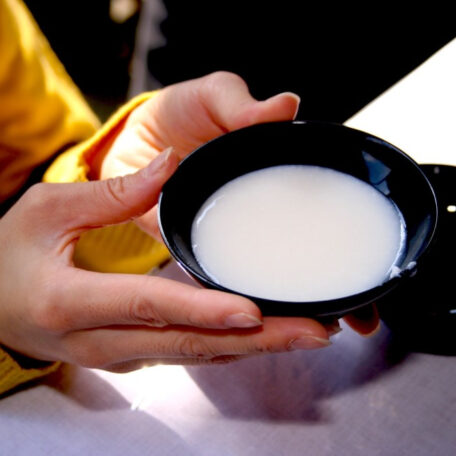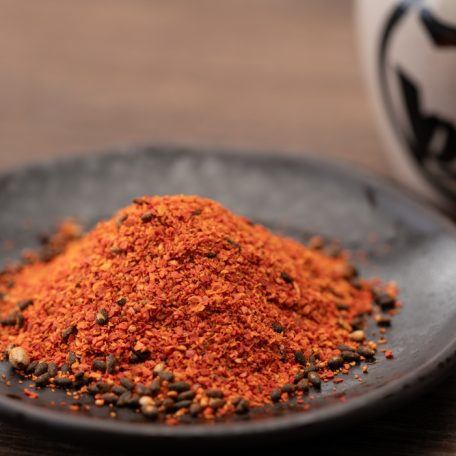The Secrets to Japanese Longevity: A Food Guide
Apr 3, 2020
BY Alexandra Ziminski

In Japan, it’s not rare to see a street attendant working past retirement, or a kind 80-year-old woman still running her family soba restaurant. It’s a widely known fact that this country has some of the oldest people in the world, falling only behind Hong Kong in life expectancy.
Why is this? Could it be the fantastic healthcare system, the high regard that seniors receive, or the fact that many of them remain active, getting up at 6 AM for their daily exercises? Of course these are all contributing factors, but we are missing a pretty important one: food.
Washoku, meaning traditional Japanese cuisine, promotes a balanced diet high in energy but low in fats and oils. Let’s try to forget about fattening ramen, wagyu and gyoza for a minute (if possible) and travel back to what was essential in the Japanese diet hundreds of years ago, before the influence of the West.
In the past, Buddhist monks encouraged people to eat clean vegetarian meals. They favoured little dishes like pumpkin, seaweed, tofu and pickles over eating only one large rice-based meal. This style came to be known as Shojin Ryori and is said to promote a long life. If the thousand-year-old monk still meditating on Mount Koya is anything to go by, it works.

Breakfast
While the average Japanese person may indulge themselves in the evening with the aforementioned guilty pleasures, in the morning, a nutritious meal still remains and usually involves grilled salmon, miso soup and a heavy serving of rice.
Breakfast is widely believed to be the most important meal of the day throughout Japan; research does suggest that skipping it can greatly increase your risk of heart disease and diabetes. Even those who are short on time manage to throw some natto (fermented soybeans) onto rice. It’s still nutritional and has phenomenally less sugar than a quick western breakfast of cereal.
Knowing that the traditional Japanese breakfast is full of nutritional value and energy, could this be the hidden secret to a long and happy life?
Let’s look further into one magical ingredient that happens to be the basis for many of Japan’s gratifying dishes: the soybean.

Soybeans
Affectionately known as ‘the wonder bean’, this little sphere is jam-packed with nourishment and can supply a big chunk of your daily vitamins. Eating it in its fermented form, either through miso soup or natto, also provides the gut with probiotics that can enhance the immune system.
Additionally, tofu (made from unfermented soybeans) has been proven to reduce cholesterol and is seen as a viable substitute for carbohydrates.
Like me, you might want to reconsider loathing natto.
Okinawan Diet
When looking at the list of Japanese super-centenarians (someone who reaches the age of 110) you will notice a trend; a large number come from the sunny southern Japan island of Okinawa. Maybe it’s their calm way of life, or could it be their diet that’s the ticket to longevity?
Okinawa slightly differs from mainland food preferences by generally substituting the much-loved white rice with sweet potato and whole grains. They even have their own style of tofu called shima-dofu (island tofu) which claims to have a higher content of isoflavone than its counterpart. Isoflavone is a natural compound that has been linked to lowering cancer risks.

The sub-tropical climate of Okinawa gives rise to varying medicinal plants, anti-oxidant fruits and vegetables. Among these is goya, the crown jewel of Okinawa cuisine. It’s a very bitter vegetable, and its tartness is rumoured to grant many beneficial effects, such as reducing blood sugar levels. You will most likely see it fried along with tofu in the island’s famous dish, Goya Chanpuru.
Tea is also widely cultivated in the mountainous areas of Okinawa, with mugwort, turmeric and jasmine being consumed regularly. These teas are said to ease digestion and ward off illnesses.
Turning from the land to the sea, we find clear-blue water alive with plentiful seafood. Okinawa’s proximity to the ocean means fresh fish is readily available for its inhabitants. Everyone should know the importance of fish. Loaded with omega 3 fatty acids, they promote brain function and a healthy heart.
Alongside our slippery friends we find kombu seaweed. Filled with iron and calcium, it strengthens teeth and bones as well as boasts less sodium than other sources of iodine.
Unfortunately, the recent diversification of the Japanese diet means a continuing decline in demand for Japanese-born cuisine and an increase in cravings for higher fat content, like red meat, dairy and sugar. This can be attested to by the growing number of fast-food chains in Japan and individuals with obesity.
[vc_video link=”https://youtu.be/FK0-sW95CpA” align=”center”]
At the end of the day, don’t be too discouraged. Many of Japan’s oldest people have attributed all kinds of delicious food to their impressive ages. The late Masazo Nonaka, who died at age 113, said his secret was eating a lot of sweets; a sentiment carried on by the current oldest person in the world, Kane Tanaka.
Want to discover all the best foods Japan has to offer in 3-hours? Be sure to book your local guide for a foodie strolling in Tokyo.
Book your pocket wifi now to stay connected through your entire Japan Journey!

Be sure to get the JR Pass to make navigating Japan during your trip that much easier!

YOU MIGHT ALSO LIKE




